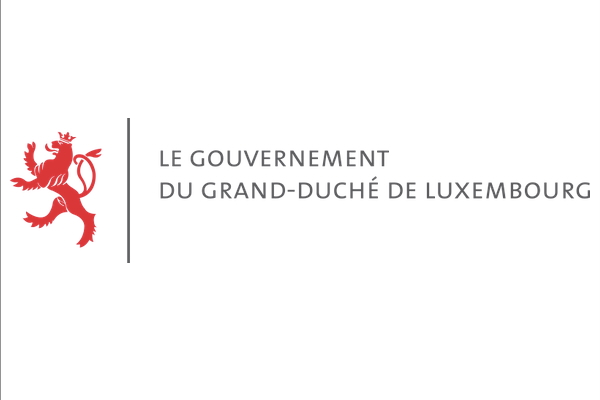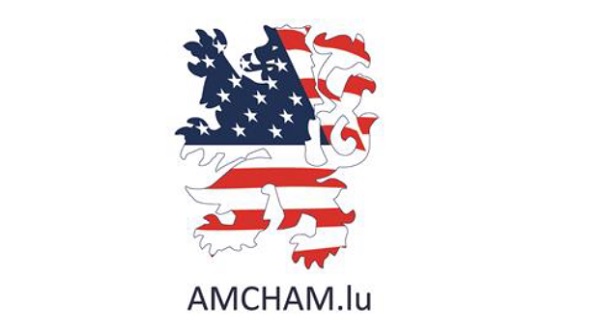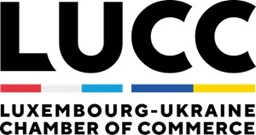
On Tuesday 20 May 2025, Luxembourg’s Department of Spatial Planning (DATer) announced the formalisation of the Regulation of the European Parliament and of the Council on the BRIDGEforEU instrument for the development and cooperation of border regions.
The initiative, originally launched on 26 November 2015, under the Luxembourg Presidency of the Council of the European Union (EU), aimed at creating specific legal and regulatory provisions at the cross-border level with a view to establishing a process to remove legal and administrative obstacles.
As reported by DATer, at that time, the ministers responsible for territorial cohesion had discussed the need to create a tool for the application of specific provisions to facilitate cross-border cooperation. Initially called the European Cross-Border Convention (ECBC), it aimed, firstly, to find efficient solutions to remove obstacles that impact the daily lives of citizens living in Europe's cross-border regions and, secondly, to offer new opportunities for cross-border cooperation, both bilaterally and multilaterally and, where appropriate for Luxembourg, within the Greater Region.
One of the questions raised from the outset was: “What to do when, along borders, actors, both private and public, face specific obstacles due to different rules and standards between Member States, thus hindering cross-border interactions and access to infrastructure and which are not covered by the common market because they only affect border regions and not the entire European Union?” Examples included the construction of and access to infrastructure, such as the Strasbourg tramway, which had to comply with French and German standards to cross the border over a distance of three kilometres to Kehl (Germany). Another example related to the different standards on both sides of the border regarding distances between homes and the installation of wind turbines.
The response was to jointly find a community instrument that was both robust and effective and flexible and suitable and enabled a lasting solution to very specific problems which hindered the implementation of cross-border projects jointly carried out by different EU member states.
According to DATer, the new regulation now establishes a framework to facilitate the identification and removal of cross-border obstacles that hinder or prevent the establishment and operation of any infrastructure necessary for public or private cross-border activities or any cross-border public service provided in a cross-border region, with a view to strengthening economic, social and territorial cohesion in a cross-border region. It is also without prejudice in relation to the coordination mechanisms established in the areas of social security or taxation.
DATer reported that each Member State has been invited to designate a cross-border coordination point to which obstacles to cross-border interaction can be reported through the submission of a "cross-border dossier". DATer said it intends to carry out this task for the Grand Duchy of Luxembourg, as well as to act as a liaison with its German, Belgian and French border partners. Upon receipt of the "cross-border dossier”, DATer will contact the national authority responsible for the relevant legislation to explore whether a solution can be found for the obstacle in question. The regulation will set the response deadlines and recognise that cross-border obstacles may require legislative amendments which take time to implement.
DATer stated that BRIDGEforEU applies on a voluntary basis and does not require that all obstacles are addressed. However, it emphasised that the Luxembourg government is committed to building the necessary capacity to effectively implement the regulation.








